We recently connected with Annmarie Bhola and have shared our conversation below.
Annmarie, appreciate you joining us today. Let’s talk about innovation. What’s the most innovative thing you’ve done in your career?
In 2014, I registered Enhanced Building Solutions, a training and consulting company focused on creating mechanical systems training videos within the building industry. From that time to now it has helped transform an outdated and ineffective training process into a more user-friendly and engaging format that has since helped building operators to reduce equipment damage, save money, and achieve sustainability goals. The most challenging part of the journey was convincing managers to invest in their “boots in the building”, the forgotten front line workers who work in buildings.
I still had my corporate position of an AVP in Construction when I came up with this epiphany. When I finally mustered up the courage to walk away from my comfy corporate 9-5 job, I didn’t have a real plan in place but I knew the industry needed to be trained. Technology was being incorporated with the equipment and a lot of the building operators were treating the new equipment the same way they were treating the older ones. It was costing building owners lots of money in repairs and replacements, when the untrained operators would make minor mistakes.
After I gave my 3 months notice, a founder of a mobile app company happened to call me to speak on a real estate and technology panel. After I shared that I was going to start my own business he asked for a year of my time to help him grow the product. Since I didn’t know much about business at that time, I used that time as an opportunity to learn sales, how to build a company from the ground up, and get more market research to validate my idea on a business model for introducing training videos. In 1.5 years I learned some foundational tools that helped me understand and overcome the challenges and opportunities that I’d encounter.
Training videos weren’t new to the industry but the way they were being created as a final deliverable to owners were very haphazard and ineffective. What would typically happen in the past, installing contractors and/or the equipment manufacturers would provide the required training videos to the facilities and operations staff in an “ask me anything” format that would be hard to navigate to find the necessary information in lengthy videos. Unfortunately, they would typically get tossed in a drawer making lots of owners not see the value in them. To paint a better picture, the mechanical equipment I’m referring to are ones in large high-rise buildings required to keep lights on, hot and cold water running, toilets flushing, in addition to feeling comfortable regardless of what the temperature is outside. After everything was installed, the trainers would prop a video camera up on a tripod in the back of the room and turn it on. Those who would take over the building after construction, the facilities operations staff, would talk over each other as the trainer would explain how the systems worked. It never failed, the moment the camera would go on, everyone felt a need to interrupt the trainer and would throw them off course. I think some felt as though it was their moment to shine, being on camera of course, but the necessary information that was needed to properly operate and maintain the equipment would be sprinkled throughout the video and very difficult to find. Unfortunately the current video editing tools and abundance of editors weren’t widely available when those videos were being produced. Well crafted videos were very expensive to create and was considered a “nice to have” service vs. “a required” one. Also back then there wasn’t such a high turnover that I saw happening in 2016.
Prior to starting my business, when working as a commissioning engineer, I would visit lots of older buildings and ask the facilities operations staff questions about how the systems worked. Most of the time I would get different answers from each person I asked. The company I was working for would get called in to diagnose inadequacies in functionality or seek ways to save energy. I knew most of the hard copy drawings (blueprints) were outdated and since saving files electronically only started happening within the last couple of years, it was very rare to even get them as some of the buildings dated back more than 60 years. What I noticed is that most of the men who worked in these positions were more hands-on and not too keen on reading manuals or asking for help. As a result of the lack of knowledge, equipment was often damaged or left in manual settings that were not very energy efficient. Another thing I noticed was the amount of YouTube university grads there were emerging in the industry. It was fascinating to see the amount of hands that would go up when I asked if they would use YouTube to learn. What YouTube had was the ability to search and navigate, something that didn’t exist with those videos that got tossed in a drawer. I’m proud to say that Enhanced Building Solutions has reinvented a better way to deliver an existing product that helps owners on-board their staff better, minimize damage on new and existing equipment, and save money because the facilities and operations staff are able to operate the equipment more efficiently to help reach the sustainability goals we all are working on to help preserve our planet.
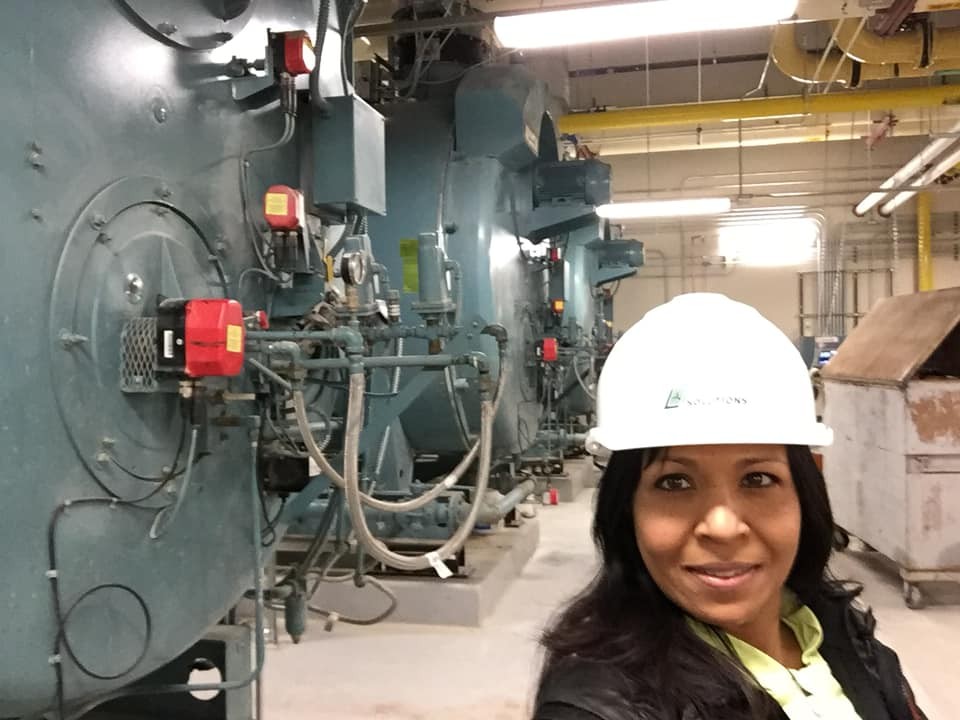
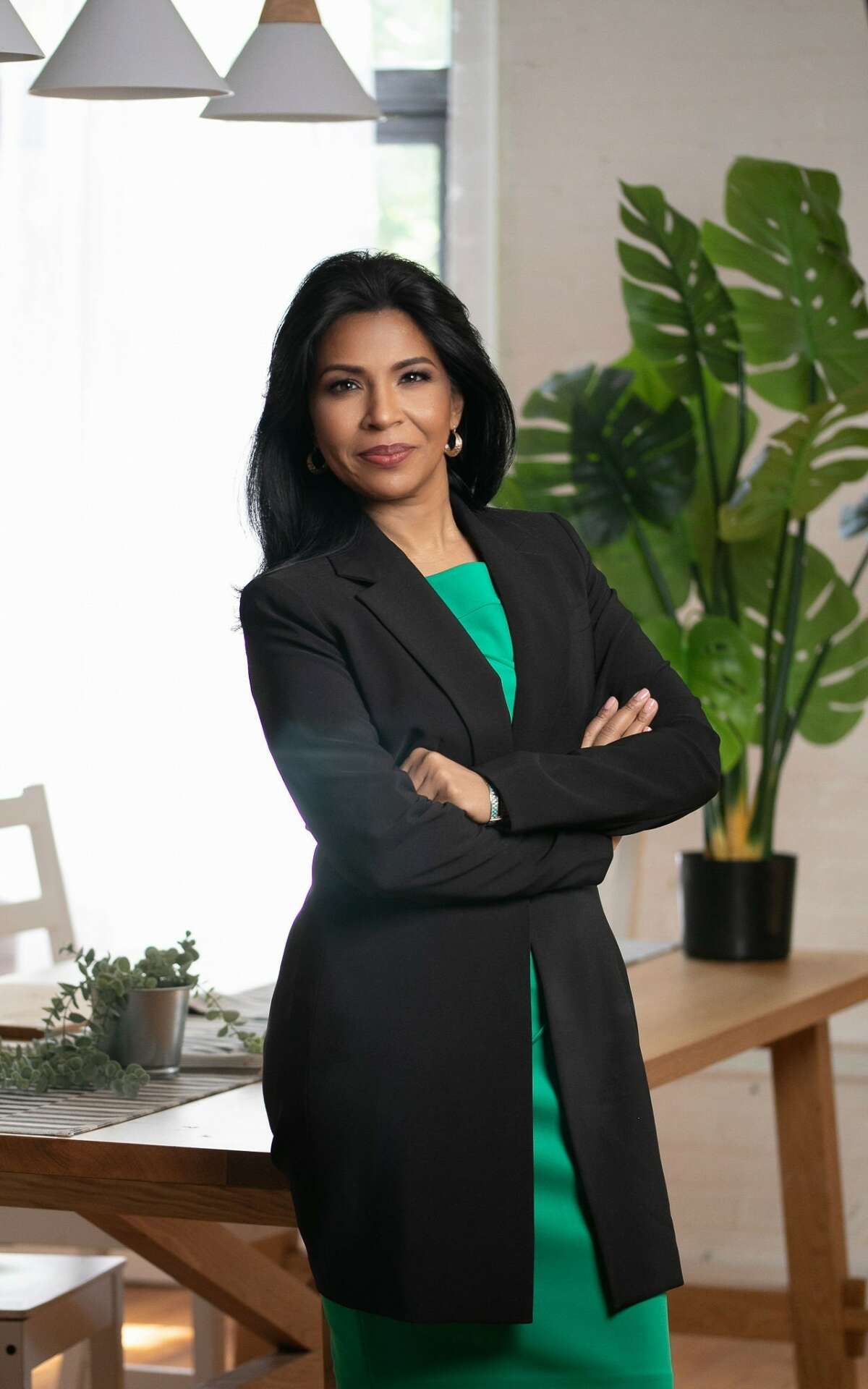
Annmarie, before we move on to more of these sorts of questions, can you take some time to bring our readers up to speed on you and what you do?
People often ask, “How did you get into your industry”? I truly believe it was to vicariously fulfill all that my dad was unable to. When I was about 6 or 7 my dad would take my sister and/or I on weekend side jobs to install and/or maintain homeowners window Air Conditioning units. We were his little helpers who would hand him tools, inadvertently learning and developing our curiosity with mechanical systems. After he suddenly passed away in 1991, at an early age of 41, my sister who’s one year older, made the choice to go to the closest engineering school SUNY Maritime, a specialized university located in the Bronx, to stay close to her now husband. Not knowing much about how difficult a military college setting would be and despite the challenges, she stuck it out. Since she was surprised by it all, she decided not to share much about the experience and encouraged her little sister to apply also. I look back at it now as sibling love, as the military introduction was a surprise to me too and graduating was one of my greatest accomplishments. Our math and science skills were very similar so she included some of the same talking points her guidance counselor used when she was convincing me to attend, “You can take out student loans where your clothing, food, room and board, can be taken care of while you still get a great education from a State University.” Since we were the first generation of immigrant parents, who didn’t have the knowledge or resources to prepare for our education better, it made sense. I decided to join her, even though our dad wouldn’t be there to physically witness our success, we wanted to make him proud. “Why settle for just a degree” was the tagline for the college. In addition to receiving a bachelors it was required back then to get your merchant mariner’s license issued by the U.S. Coast Guard. We had to spend 2 months each year for 3 years aboard our 600 psi high-pressure steam training vessel, traveling to ports in the U.S and Europe. Little did I know how that life changing decision would provide such an advantage in understanding operations, it is a highly transferable skill to the building industry that’s still in demand today. It’s now 25+ years since I graduated college and although it hasn’t been the smoothest journey over the years, I do believe it was worth it. “Women make a house a home!” is what one of my best bosses told me, and he was right, we bring a unique perspective to the industry. Some women are intimidated by tools and may feel a loss of femininity if they choose this industry but having technical knowledge in this field prevents being taken advantage of. I want other women to know that just because you wear a hard hat, doesn’t mean you have to get your hands dirty, unless you want to of course.
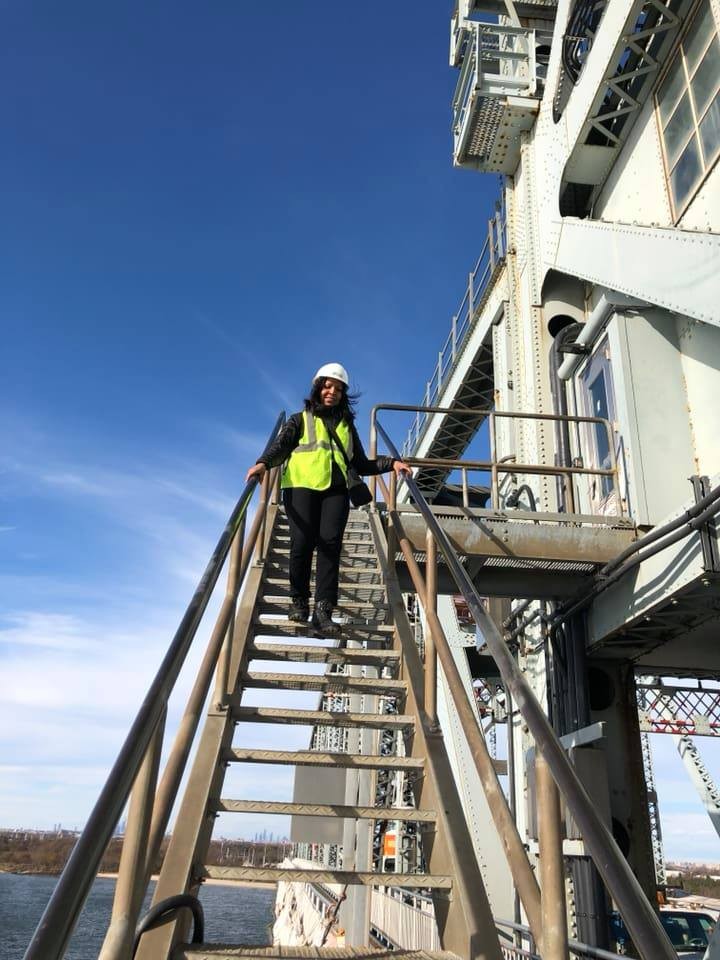

Any insights you can share with us about how you built up your social media presence?
During the 1.5 years that I worked at the mobile app start-up, my boss encouraged me to write blogs about my industry experience. Although writing wasn’t a strength of mine, I did have close friends who were much better writers review my work. Those consistent blogs and posts helped build my LinkedIn audience.
A couple of years before I started my business, I joined the board of my alumni association and would volunteer at all of the in-person events. Another thing I did and still do at networking events is add people on LinkedIn in addition to collecting their business cards.
Consistent posts on social media platforms are great but the major advice I can provide is to be authentic. Surface level conversations will get you likes but authenticity will help build a following. If I ever see an article or post that I like, from someone I would like to have a conversation with, I’d reach out and reference specific lines of the things they said or authentically share about a common interest.
Another way I was able to grow my social media following is when I interviewed prominent people in my industry on my podcast. It happened by accident. I read the book Creating Magic by Lee Cockerell and loved some of the tips he shared about creating a better culture at Disney. Little did I know my email request to have an interview would have me figure out how to create my “Annmarie’s Breaking Ground” podcast in less than 2 weeks.
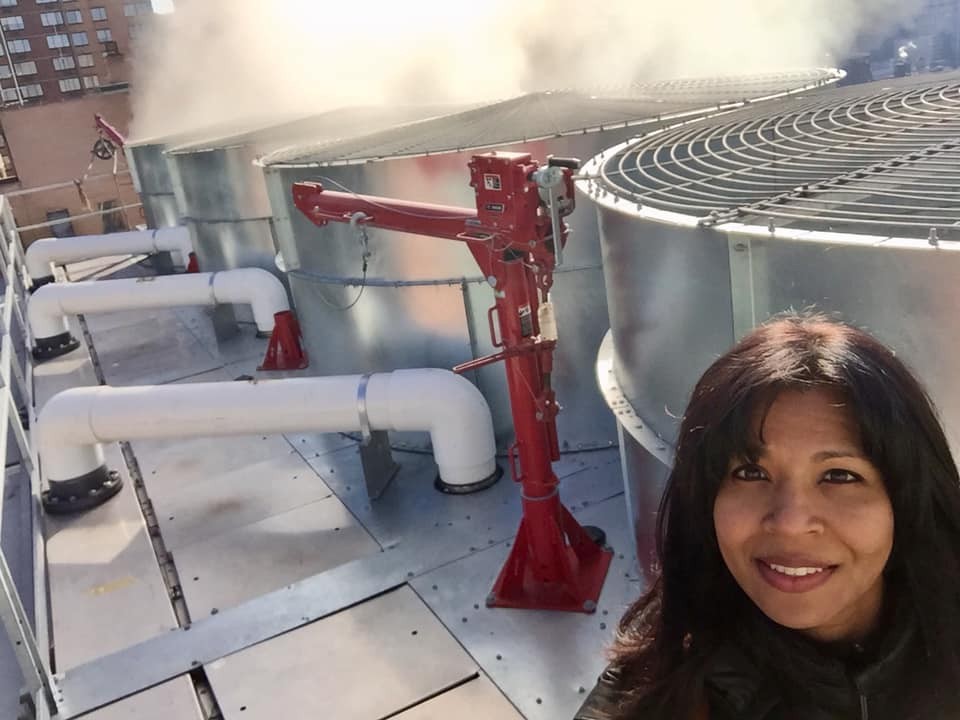

We often hear about learning lessons – but just as important is unlearning lessons. Have you ever had to unlearn a lesson?
As a first generation American most of what I heard growing up as a child in the Bronx was “NO, you can’t have that!” Not that it was always a bad thing like asking for 3X more ice cream than needed. But, there were times where I wanted the name brand sneakers and had to settle for the no name brand ones and was made fun of. Maybe because I now understand why being materialistic isn’t always a good thing, I too found myself constantly telling other family members and also myself “NO” when it came to desired things. It was a Ted Talk by Carol Dweck that made me realize the brain acts differently when we say “Not Yet” vs “No”. In order to develop a Growth Mindset the brain needs to hear “Not Yet” so that possibilities are allowed to develop. For years I couldn’t understand why my business couldn’t grow until I realized that I was holding myself back and that I needed to unlearn the conditioning that most immigrant families encounter. I came to realize if I don’t come up with alternative services for my business, it couldn’t grow. I needed to develop a growth mindset thinking to not shut down possibilities. For any small business owner out there who always grew up hearing NO you can’t have that. I encourage you to turn your “No” to “Not Yet” and continue to dream so you can expand your thoughts to continuously innovate and create and know that if it hasn’t happened already doesn’t mean it hasn’t happened yet.

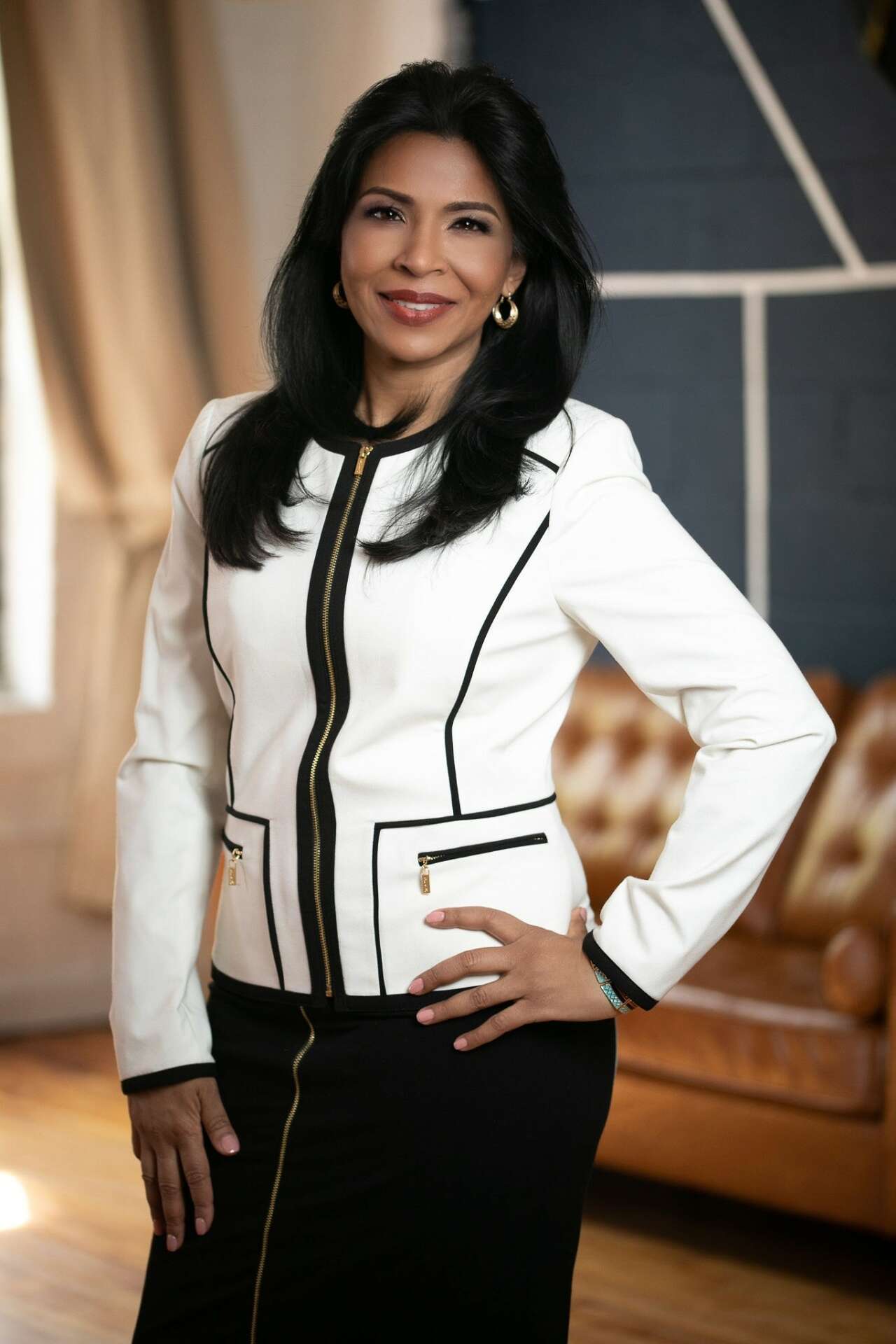
Contact Info:
- Website: https://www.ebs.nyc/
- Facebook: https://www.facebook.com/enhancedbuildingsolutions
- Linkedin: https://www.linkedin.com/in/annmariebhola/
- Youtube: https://youtube.com/@enhancedbuildingsolutions1881
Image Credits
Professional shots by: Pavan Carter


